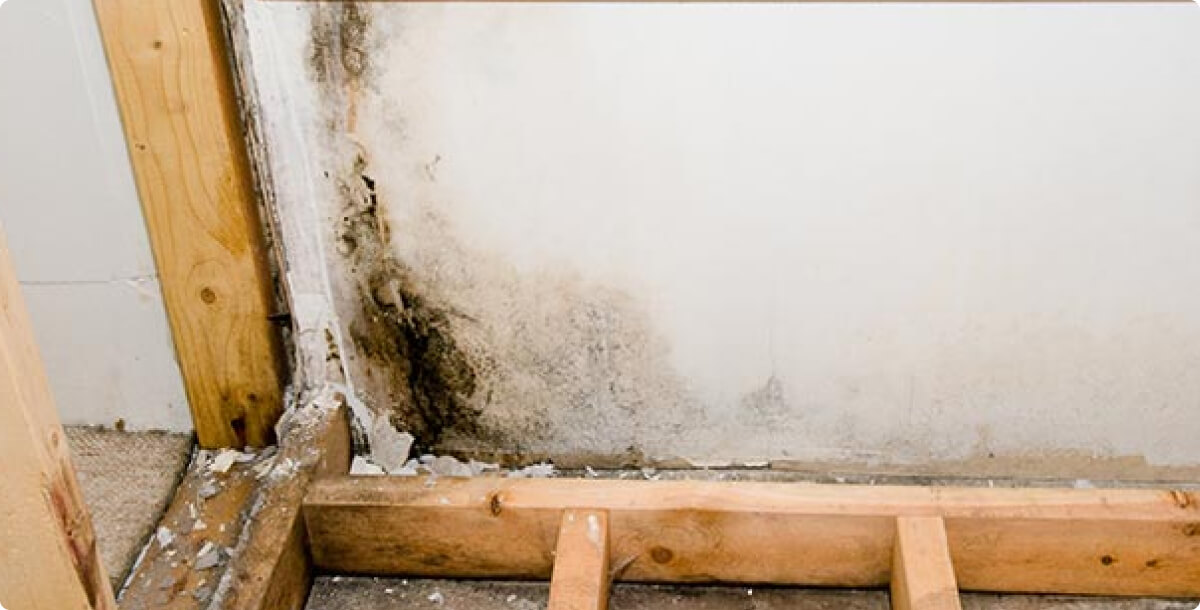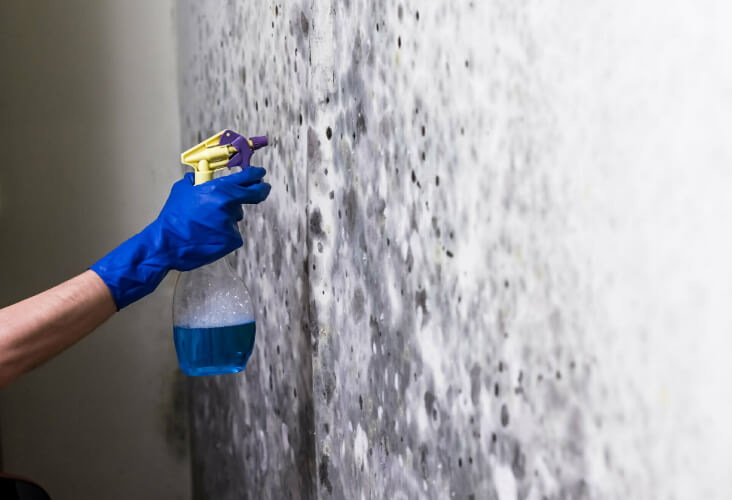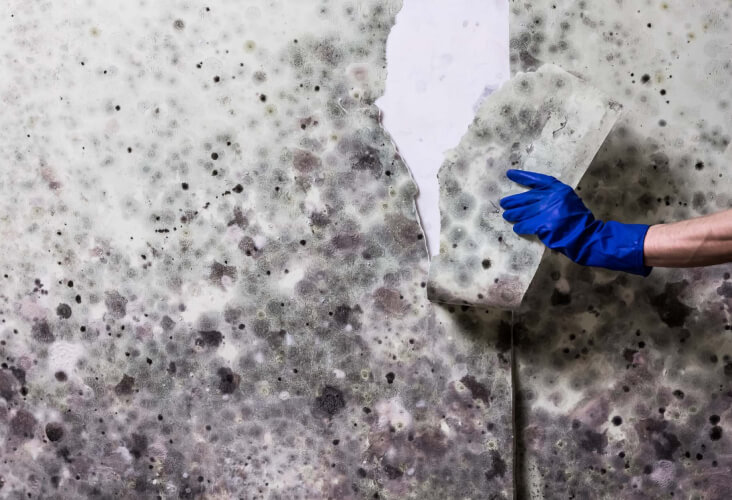




It depends on the situation and the person. This question is difficult to answer in the same way it’s hard to say how much sun causes a sunburn: the amount varies from person to person. What one person can tolerate with little or no effect may cause symptoms in another individual.
The long-term presence of indoor mold may eventually become unhealthy for anyone. Those with special health concerns should consult a medical doctor if they feel their health is affected by indoor mold. The following types of people may be affected sooner and more severely than others:




We have years of experience in providing fire damage restoration services, and our team of professionals is trained and equipped to handle any situation.

We assess each situation and develop a customized fire damage restoration plan to ensure the best results for your unique situation.

We offer a full range of fire damage restoration services, including emergency response, assessment, cleanup, repair, and reconstruction.

Our goal is to exceed your expectations and provide a stress-free restoration experience. We conduct a final walk-through with you to ensure that you are completely satisfied with the work performed.

We understand that time is of the essence in fire damage restoration, and we respond quickly to your call to minimize, and prevent, further damage.

Stay in touch with us to get latest News. maximus mattis est facilisi. In sed pretium Proin pretium id urna sit amet tincidunt.
Coastal Property Restoration provides residential and commercial property damage restoration in Florida 24/7/365. We can help with fire damage, storm damage, mold remediation, building restoration, and more. We are always on standby to handle emergencies of any nature or severity.
© 2024 Coastal Property Restoration. All Rights Reserved.